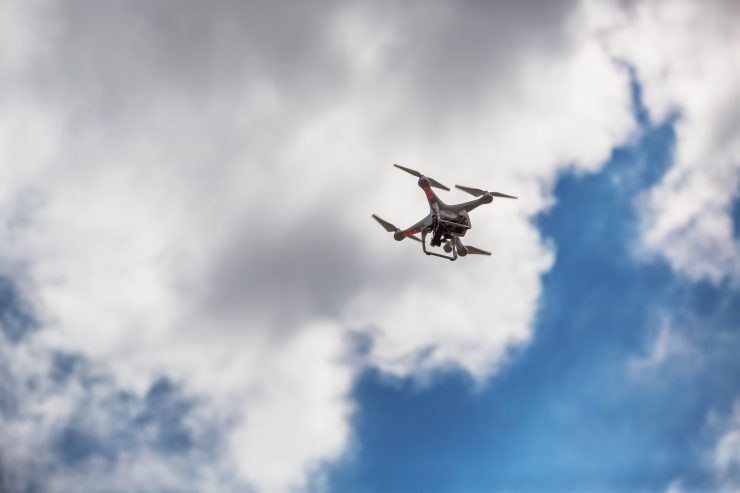A single Ontario prison “saw nearly 100 drones deliver drugs, weapons, cell phones, and other contraband to inmates in 2022,” according to a report by Flying Magazine.
The figures were obtained by Canadian Broadcasting Corporation via a pair of access-to-information requests to Correctional Service Canada (CSC). According to the report:
“Just five years ago, the same facility, Collins Bay Institution in Kingston, recorded just 10 such deliveries. But between 2018 and 2022, there were at least 247 recorded incidents, resulting in several major busts in recent years.
“According to a CSC summary, there were roughly 600 drug-related and 250 weapons seizures at Collins Bay between January 1, 2020, and December 31, 2022. The summary said incident reports suggested “most contraband introduced into the institution” was via drone, adding that a single illegal delivery could net CAD100,000 in institutional value when seized.
“But the worsening situation at Collins Bay is illustrative of a larger trend—one that has garnered the attention of Canadian prison authorities and correctional officers’ unions alike. In just the past few months, Canadian law enforcement have suspected or discovered drones delivering contraband to facilities in Drunheller, Warkworth, Mission, Donnacona, and more. And those are just the flights authorities know of, causing experts and correctional officers to question whether CSC’s figures are underreported. According to a CSC chart provided to the UCCO, there were nearly 700 drone-related incidents in Canadian prisons between March 2020 and February 2022—the true number is likely higher,” says Flying Magazine.
“In 2019, CSC pledged to spend CAD6 million on radar-based drone detection equipment at six facilities. Those installations were scheduled to be complete by March 2022. CSC declined to tell the CBC how many facilities are using the technology. But so far, only one prison—Donnacona Institution in Quebec—has begun testing it, according to UCCO national vice president Frederick Lebeau. Corrections officers at Donnacona claim drones make two to three drops per day there.
“One challenge in installing counter-drone measures at prisons is the rapidly advancing pace of drone technology. Per Lebeau, it can take a long time for prisons to procure, install, and test these systems, which gives criminals time to come up with creative work-arounds. Some facilities, meanwhile, simply don’t have the budget or financial support needed to install such systems. A similar problem is arising in the U.S. Since 2022, major drone contraband busts have taken place at prisons in Texas, Ohio, Kansas, South Carolina, California, and elsewhere.
“According to 2020 data from the U.S. Federal Bureau of Prisons (BOP), there were just 57 drone-related incidents reported in 2019, though that represented a 50 percent rise year over year. The Department of Justice, meanwhile, reported 170 such incidents between 2015 and 2019. Those numbers sound manageable—but there are a few caveats. For example, the BOP did not have a formal reporting policy for drone activity until 2018, the year before incident reports spiked. Another issue: Drone detection technology was not widely implemented between 2015 and 2019, tasking visual observers with spotting aircraft that often fly hundreds of feet in the air.
“In the US, preventing these deliveries may be tougher than in Canada. Several solutions—from jamming radio frequencies near prisons to counter-drone surveillance such as radar or cameras—have been proposed. But there is patchwork of U.S. laws around surveillance, security, and privacy that inhibits what prisons can legally do to combat them,” says Flying Magazine.
(Image: Shutterstock)
For more information visit:




